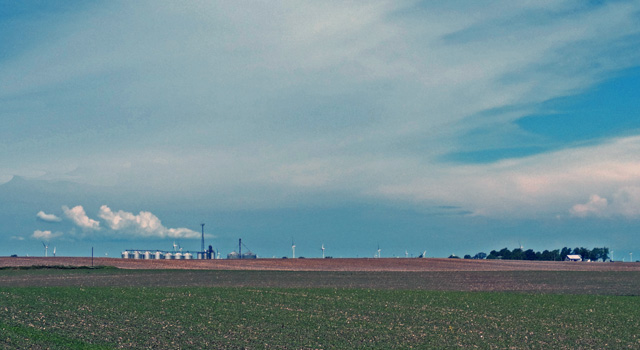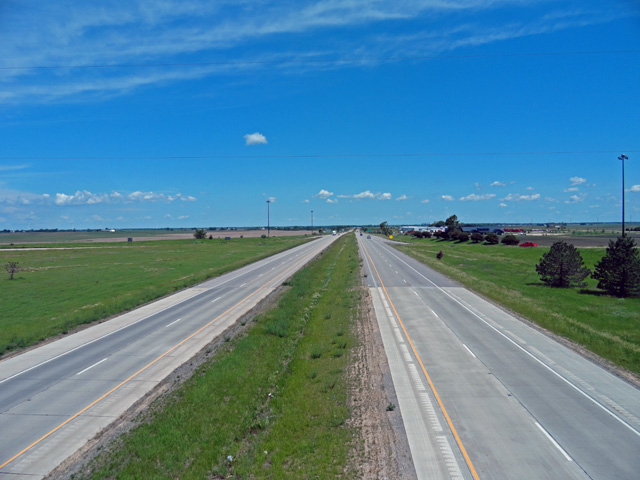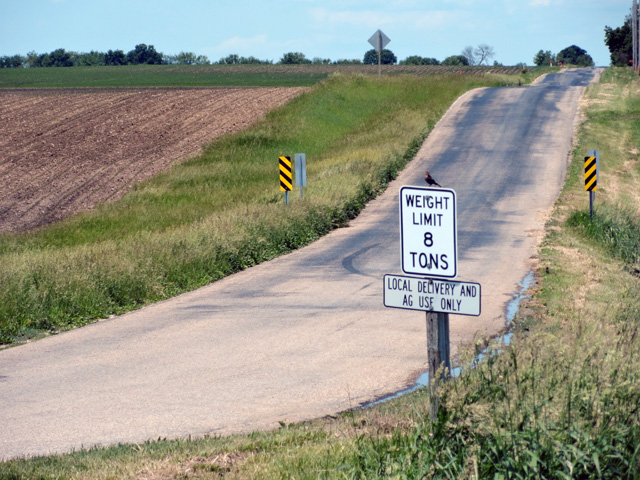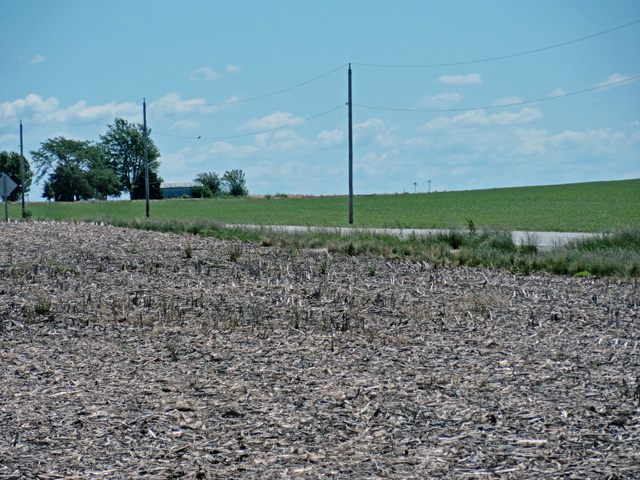I have some future projects in mind. I think the time for renovating my old Sekai 1000 as a 1500 model may well be at hand. I found an old model 1500 from the 1970s’, with all period parts, including the wheels and tires, intact and in good condition. But it was too small for me, and been crashed, with a bent head tube. But most of the parts were there, actually all the parts, the only ones being damaged were ones I had replacements for. The frame and fork will be replaced with larger frame and fork, everything else just getting switched over. That will provide me with an authentic 70’s ten-speed, with mainly original equipment.
Sekai was a brand from the late 1960’s to the late 1970’s, when they were taken over by Norco. They sold mail order, through the Velocipede Cycle Shop in Seattle, where they were based (now Velo Bike Shop) as well as through dealers. They were owned half by Shinwa Trading Company, and half by Velocipede. In my town, they were a popular brand. They offered good value for money. They were many people’s first step up from a department store type bicycle. I think a lot of serious cyclists around here got their start on Sekai steeds. Up until the 2000s, you saw them in a lot of yard sales. I still see a few for sale now and again
I got a great Sekai 1000 bicycle at that time. By great, I mean it was the right size. It was nearly without paint, its Suntour derailleurs were broken, and it had stem shifters that were awful. I stripped the paint and rust, and applied a protective coat of paint so it wouldn’t rust again. But the need for a new groupset was pretty dire. I waited until I found a Sekai 1500 a couple of years ago, and bought that for very little due to the frame damage. The 1500 has Suntour downtube shifters instead of stem shifters, a great improvement. These frames are made of single butted Tange steel, which rides well. Yamaguchi in Osaka built the basic frames, and Miki built the nicer ones, the 4000 and 5000 models. The basic frames were nothing spectacular, just good basic bicycle.
I’ll probably remove the preservative paint from this and paint it a basic color such as silver, a common sight on Sekais from that period. I may letter it for Sekai down the road. I may just leave it like that, without “portfolio”, and keep it for a basic bike. I could see it doing well as a gravel road and less than optimum situation bicycle. That allows me to save the Trek 600 for the finer stuff, and where speed is required. It may also give me a larger wheeled bike for winter use. Or it may be the basis for a rambling bike with a front basket. It could have front and rear wire baskets, like you saw a bit of in the 1970’s, when bicycles often had to have more utilitarian accessories.
Projects like these often provide more fun than restoration. Renovation leaves many things open to possibility. That allows a more personal expression and adaptation of the bicycle to suit your needs. Not all bicycles like this sort of thing. But I think the Sekai, with its basic market placement and durability, lends itself well to renovation. We’ll have to see how that works out. Sometimes, when you are in the planning stages, and still able to reason about these things, you see other bicycles and observe things you’d like to incorporate into the design. Sometimes they work, sometimes they don’t. I may give this some thought, until fall. Because there is no reason to rush a renovation, or a restoration.
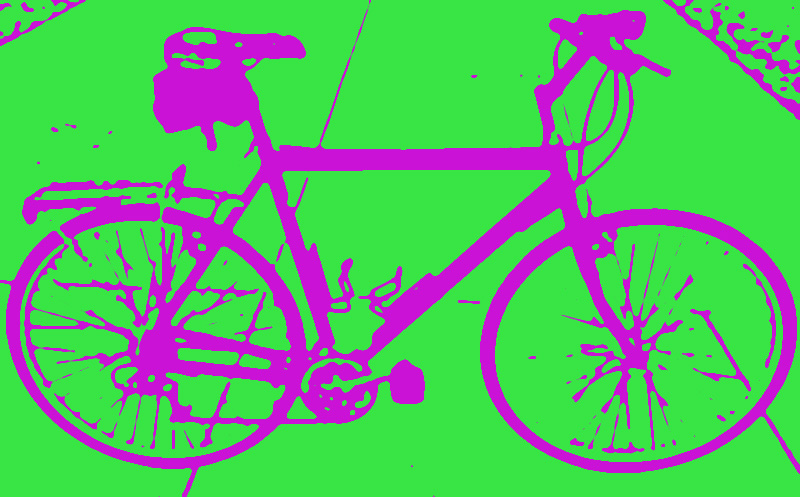
Month: June 2016
Summer Heat and Trails MLCB Post #144, June 23, 2016
 It’s been hot here in the Midwest. Not nearly as hot as the Southwest, but hot enough. Not nearly as humid as even Southern Illinois, but still the time of year for a couple of drink bottles on the bike. And it looks to stay that way, a regular proper summer for all concerned. The Fuji has been getting a bit tough to pedal, even though my mileage hasn’t fallen off much. I switched the cranks, so I’d have a little lower gearing, and that seems to have helped. Sometimes just a tooth or few less seems to help me get a little more into the rhythm of cycling and keep those pedals turning.
It’s been hot here in the Midwest. Not nearly as hot as the Southwest, but hot enough. Not nearly as humid as even Southern Illinois, but still the time of year for a couple of drink bottles on the bike. And it looks to stay that way, a regular proper summer for all concerned. The Fuji has been getting a bit tough to pedal, even though my mileage hasn’t fallen off much. I switched the cranks, so I’d have a little lower gearing, and that seems to have helped. Sometimes just a tooth or few less seems to help me get a little more into the rhythm of cycling and keep those pedals turning.
This all gave me a reason to get a good look at the Fuji again, and it sure looks nearly unused. It also can roll right along, and I’m sure cooler weather will help speed things along when I’m not meandering along at a lesser rate of speed in this heat. But that cooler weather always seems to come along earlier than it used to. Every summer is different, though, so if I’m stuck in the heat, I’ll just carry on. I’ll also be sticking to the shady Constitution Trail, with its’ legacy of “weed trees” left behind by the railroad, and using the Trek 600 more.
I haven’t been using the Trek 600 as much as I would like, because a lot of the roads around me are oil tar and gravel, which, in this heat, resumes its’ former semiliquid state, and the tar sticks to the bike, and especially the tires, which can cause some hassles. You can get tires all gummed up, tar thrown onto the bicycle, and sometimes it can cause friction between the rim and hub, pulling spokes out of the hub. This is usually with much older hubs, with the older alloys, but I’ve seen it happen. The hub keeps turning as you pedal, but the tire slows the outer rim and tire due to the sticky road surface.

I don’t mind the trail riding so much as the hotter weather sets in. The trails around here are asphalt. They are also sparsely used when it’s hot. And the trees shade the trail surface. There’s water available as well, and food outlets nearby. The Route 66 Trail will have less shade and amenities, but it is still well thought out, and towns occur with enough frequency that you will be able to make it from one to the next. And as this trail follows the route closely, you’ll be able to find much of what you need near the trail, where there are services and food in the bigger towns. I just think it might be a bit uncomfortable using this trail on really hot days. Its not a “Rails to Trails “ situation.
 <a
<a
As a matter of fact, the Route 66 Trail is rather unique. The GM&O Railroad, which parallels the Route in this part of Illinois, merged with the Illinois Central. After some sales and mergers of the line over the years, it has come to the Union Pacific. The Union Pacific, as the previous railroads, hosts Amtrak on this line, and it is also very busy with freight. Through most of Illinois, the old Route 66 is preserved as an access road to its successor, I-55. So you have a busy access road, railroad, and trail together, near enough to often be in sight of an Interstate Highway. Plans are to open some segments of this trail officially this summer. Hopefully it will cool off by then!
The Best Way to Have a Flat Tire MLCB Post #143, June 15, 2016
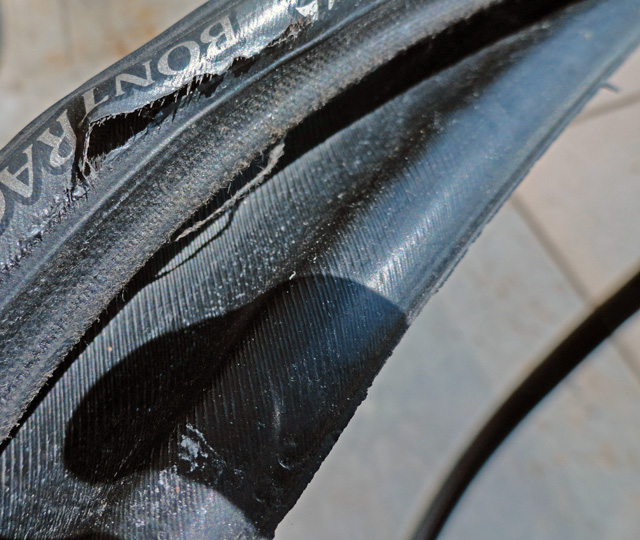
I do not, generally, have flat tires. Despite my size, and the fact that I often use 700×23 or 700×28 tires. I have moved back to 700x 35 or 37 tires for commuting, for their greater durability. After a couple of weeks on my 700x28s, I was confronted by a bang and a hiss from my rear tire. Luckily, in stark contrast to other flats, I was only about ¾ of a mile from home. I put a little air in the new tube, put a boot, in the form of an old losing sweepstakes ticket, in the tire, and walked the Fuji home. The tire had split its side open, and I didn’t want to ride on it myself. I didn’t wish to carry the bicycle either, as it’s a sturdy thing.
It was easy for me to spot the problem, right after the blowout. The sidewall had ripped open at the label for some reason. I was lucky I still had the old Kenda Cosmos 700x35s the bicycle originally came with. I think of them as “new old stock” as there is some evidence that this bicycle was ridden little, if at all, by the previous owner. The mold relief marks are still on these tires. They may be a little slower than the 700x28s, but they seem a little more up to the job at hand, at least for commuting. As we have had some heat around here lately, I’m figuring that may have played a part in the problems.
But it seems almost impossible to know why flats happen. Sure, there are pictures on the web that show what different causes among punctures look like, but some just plain defy description. I was up to the correct inflation level. My tire was the right size for the rim. The tire and tube were not punctured or abraded. Everything was well seated, and had given no trouble for a couple of weeks. I figure it all had to do with the heat, and the tire air pressure, while being correct, may have risen to an unsafe level due to expansion in the environment in which the tire now found itself, a trail with a very warm sun and a rather high air temperature, yet again.
So I suppose I should keep a close eye on the tires, now that hot weather is here. The air temperature may be quite warm, but nothing like the warmth of asphalt baking in the summer sun. But so often, in the final analysis, there are just some things that are unexplained. Umpteen little causes can add up to a blowout. Or just one thing, like too much, or too little, air in the tires. I don’t mind when tire tubes blow. But to have a tire sidewall blow out is another matter. Other than that, the Fuji is doing a fine job hauling me and my stuff around. It stops well, handles well, and shifts gears well. It does what I need a commuter and utility bike to do.
Fuji Crosstown Goes Across Town MLCB Post #142, June 8, 2016
The Schwinn Impact was seeming a little tired of late, and after having worn out the original bottom bracket and replacing it with a sealed bottom bracket, I thought the better of having it do all the utility cycling duties. So I came across a large size 2012 Fuji Crosstown 3.0, a bicycle built mainly for commuting. The Fuji Crosstown 1 and 2 have one of those suspension forks, which I think add more weight than comfort, and always require maintenance to function properly. The model 3 and 4 have a solid fork, but the model 4 has but seven gears, as the 3.0 has 21. The Crosstown is an upright frame with straight handlebars and V-brakes. It appears well suited to commuting and utility cycling. I think it has potential.
The drawback to this bicycle is in its’ weight, which is considerable. But it also appears to be quite strong. For my commute, I’ll take durability over lightness every time. The Fuji also has 700c wheels. I’m hoping those will hold up well. My new commute is much easier on wheels than my previous route. Fewer potholes, more trail riding, less traffic and hazards. It adds a bit of distance, but my times are faster. This is the sign of a good route, in my opinion. It is also a more pleasant area to ride in. I think it is a positive change in my commuting, making the trip safer and more enjoyable.
To make the Fuji Crosstown a bit more of a commuter, I added fenders and a rack, as well as 700×28 tires to replace the 700x37s, which I am saving for the fall’s more inclement weather. The 700x 28s run at a higher pressure, have less of a contact patch, so less drag as well. They make the bicycle faster by a mile or two per hour, in my case. I also added new pedals and an old saddle. I am awaiting a solid seatpost to replace the suspension seatpost the bicycle came with. I think these seatposts have too many drawbacks for me. They tend to soak up pedaling effort. They also cause me to have to throw myself from the pedals to the saddle while trying to get the bicycle going. If I set the saddle lower, I’m pedaling as a frog would. If I set it higher, it may be too far for me to reach the saddle. So I am in a rather uncomfortable middle ground.
The new seatpost will rectify this problem. It’s a cheap solution for a big problem. This bicycle is made of steel, and a solid seatpost should make it more responsive and agile. The ride may be harsher, but there are many ways around that. Having done a few test rides before commuting, (which I always recommend) , I was happy with the way the bicycle handles, even at speeds above 22 miles per hour. My problem was that on the ride where I tried the 700×28 tires, I also had a 30 mile-per-hour headwind as part of my hill climb, so it was hard to compare results against the 700x 35s. But all things being equal, I think I’ll give a few commutes a try before making any further changes.
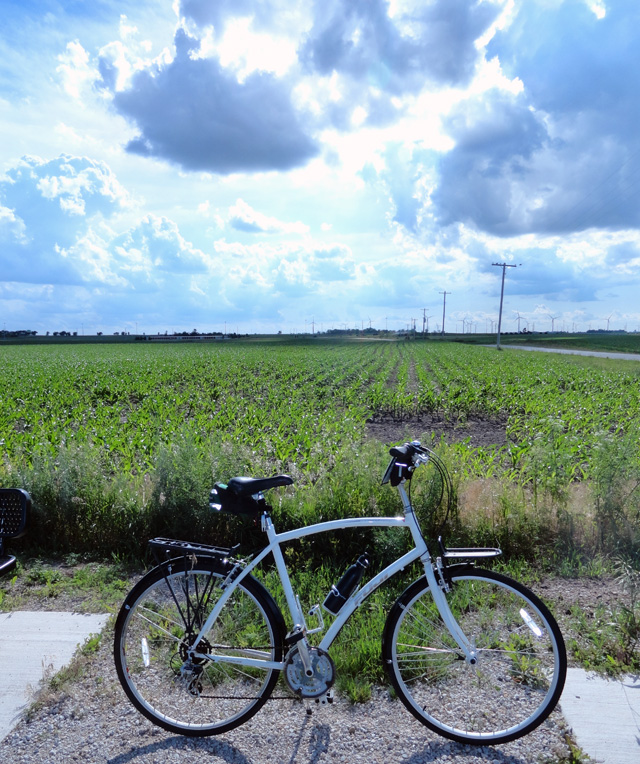
Horizon MLCB Post #141, June 1, 2016
I am glad to say that my cycling has gotten a little farther afield of late. The Trek 600 allows me to climb better and maintain better speed, which helps me get farther in the time I have to do my cycling. I’m not a particularly fast cyclist. But this machine makes me a bit faster, and a little more capable of getting to a few places I don’t generally get to. The wind helped me along the other day. It was not blowing over 10 miles an hour, and it was not blowing straight out of the west, as is so often the case around here.
I was able to cross i-39 and climb the ridge to Ropp Road, which used to be White Oak Church Road. If I would not have had to fight a south wind all the way home, I could have turned north, and gone to Comlara Park, and Lake Evergreen, but I didn’t really have time for that anyway. So I turned south, and followed Northtown Road back home, crossing under I-39 again as I did so.
This is a fine, hilly route, with good roads and low traffic, offering a lot of opportunities to branch off and take other routes for longer rides. Besides circling Comlara Park, one could also travel north through Hudson, or perhaps west to Carlock, which also sees a lot of cyclists from Bloomington-Normal. You could also go south to US 150 junction and enter Normal from the west. This is marked for a cycle lane as you cross under I-55, but you may have a lot of traffic.

I had planned to make another trip down the Route 66 Bicycle Trail. But the minute I got to the bicycle, I saw the Schwinn Impact had a flat tire. As there are gravel roads between Normal and Towanda, I figured on a change of plan, and took the Trek 600. The Trek 600, with its 700×23 tires, needs hard road to run on, oil and gravel at the least. Bicycles open up a lot of new options in your travel planning, and also have some requirements that must be met. That sometimes changes your route and travel plans.
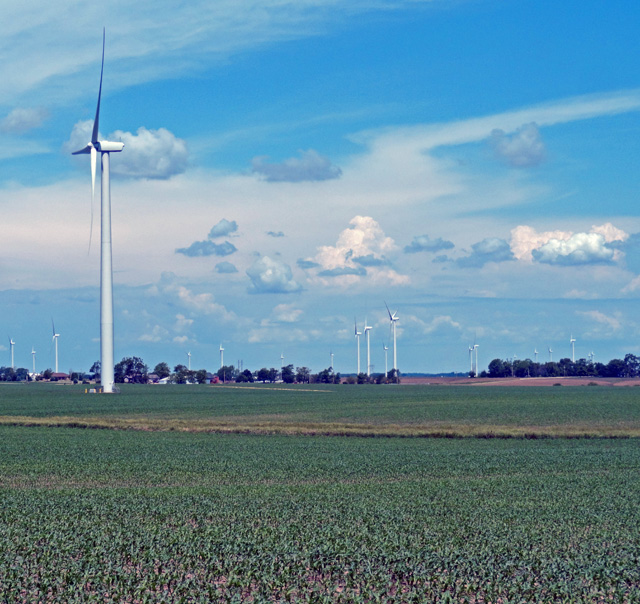
But that’s all part of the fun of travelling by bicycle, even if it’s just a short jaunt. It’s fun to have things change now and again. The Trek 600 did a great job over this little 12.5 mile trip. It always surprises me how a well made bicycle seems to make the miles go easier and faster. But you can have a good time on any bicycle, so long as it’s set up properly, and is reliable. You may want to stop and rest more often, especially in hot weather, but this is the time of year I start moving rides from the afternoon to the morning to avoid the heat of the day.

I also start carrying a second bottle of water to supplement what I have. Not really necessary for a trip as short as this, but a good idea to carry two, so water doesn’t become your limiting factor, in case you want to ride farther afield. Sunscreen, a bit of food, and some money are also good things to have along. I always also carry a multi-tool and a spare inner tube, and some tire levers. That keeps you pretty well covered for many eventualities.
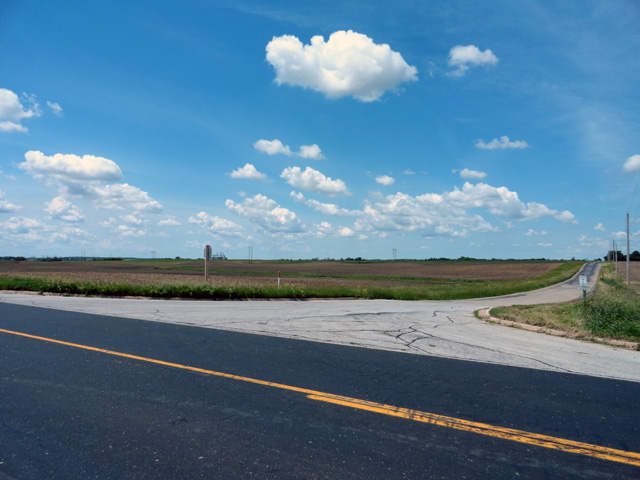
I worried about the weather, but the thunderheads to my west grew thin and dissipated, as they sometimes do. They grow up tall, but become very thin, so they get called “turkey towers” and rarely become a mature thunderstorm, so I was in luck there. The heat was a little more than we usually see in the end of May, but the humidity was okay, and it was good weather for riding. I always check weather before a ride, and often during a longer ride. I check about once per hour this time of year, if a front is expected. Things can move a lot faster than you, where the weather is concerned.
